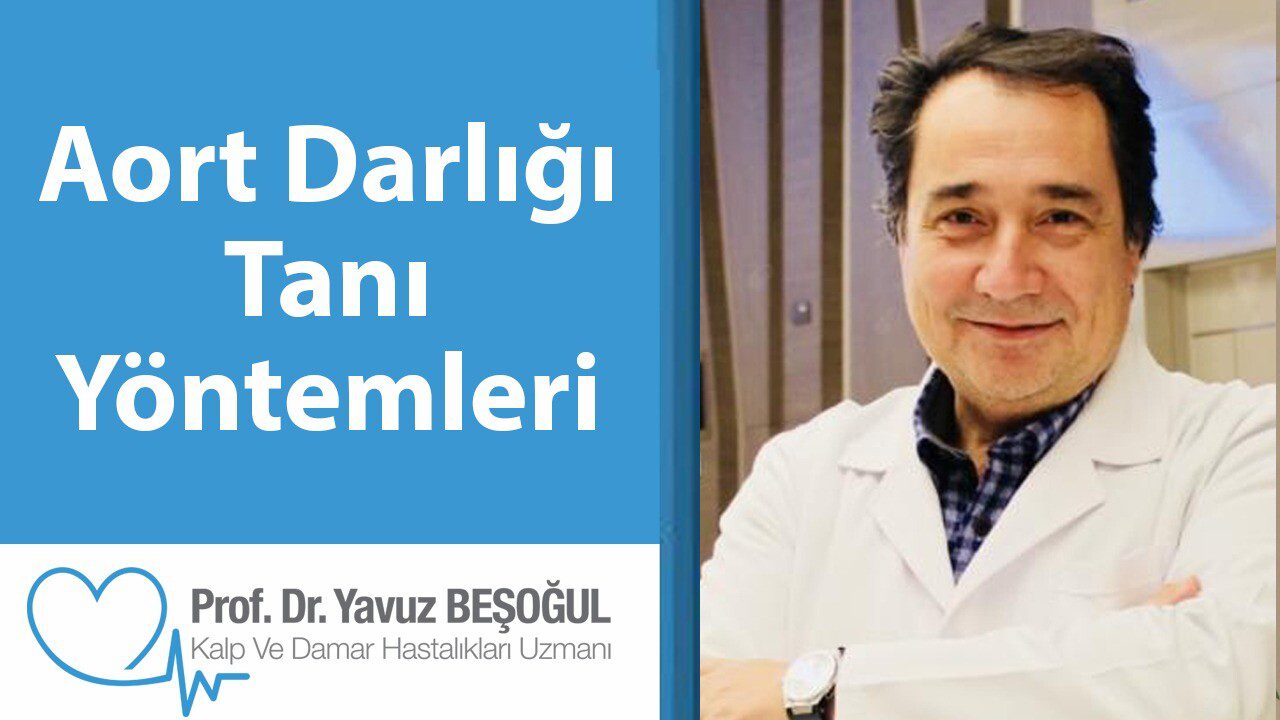https://www.youtube.com/watch?v=z_tzp2qrBGs
The diagnosis of aortic stenosis can be made by individuals who go to the doctor for any reason and can be diagnosed incidentally when a murmur is heard while the heart is being listened to during a normal examination. aortic diagnostic methodsIt can be detected by i.
Electrocardiography (ECG)
Start by recording the ECG heart rhythm. Here, the heart rate, whether it beats regularly, problems in the blood vessels feeding the heart, and some electrical changes specific to valve disease are checked. An electrocardiogram, or ECG for short, is a simple, painless test that records the electrical activity of the heart. It is the most commonly used test to diagnose heart disease. Some electrodes attached to the device are attached or attached to the patient's chest. The device only records heart movements on graph paper and does not deliver electrical current to the body.
Every time it beats, an electrical wave passes through the heart. This wave causes blood to be compressed and pumped through the heart. An ECG test shows the strength and duration of electrical signals as they pass through the heart, as well as heart rate and rhythm. ECG Heart attack, angina attack, arrhythmia, etc. can help detect results.
The electrocardiogram provides two important information. First, by measuring time intervals in an electrocardiogram, it is possible to determine the time it takes for electrical waves to pass through the heart. Determining how long it takes for an electrical wave to travel from one part of the heart to another helps understand whether the heart's electrical activity is slow, fast, or steady. Second, by measuring the amount of electrical activity passing through the heart muscle, it can determine whether parts of the heart are too large or overloaded.
echocardiography
This method is heart ultrasound, which allows imaging of sound waves. While the patient is lying down, gel is applied to the chest, as in a normal abdominal ultrasound, to obtain an image as if the heart was already open, without opening it. The size of the heart chambers, whether the heart contracts sufficiently, whether there is an increase in wall thickness, the structure of the blood vessels, congenital abnormalities and diameters, and the condition of the valves are checked. The noise heard during listening is evaluated. It is a painless test for patients. This is called traditional echocardiography. No preparation is required before surgery. The patient lies slightly on his side, with his left arm under his head, on the table where the surgery will be performed. The gel is applied to the chest area to ensure better contact of the ultrasound probe with the skin. The probe moves over the heart area and records images created with the help of high-frequency sound waves (ultrasound).
Heart Catheterization
Angiography is a test that requires an invasive procedure and allows imaging of the inside of the vessels. This test is performed in the groin or wrist. Angiography is a test performed to make a diagnosis. But in some cases vein Their narrowing can be intervened during the procedure. This procedure is called angioplasty. In such a case, the patient's consent is required before treatment. No action can be taken without approval.

Aortic Stenosis Diagnostic Methods Blood Tests
Laboratory tests are used to detect risk factors for heart disease and to make a diagnosis during a heart attack. heart and vein Although there are many blood tests that can be done for the disease, common ones include the following. The most common follow-up tests measure blood fat, cholesterol, and lipid components in the blood. Additionally, blood sugar and glycosylated hemoglobin are measured to monitor diabetes.


